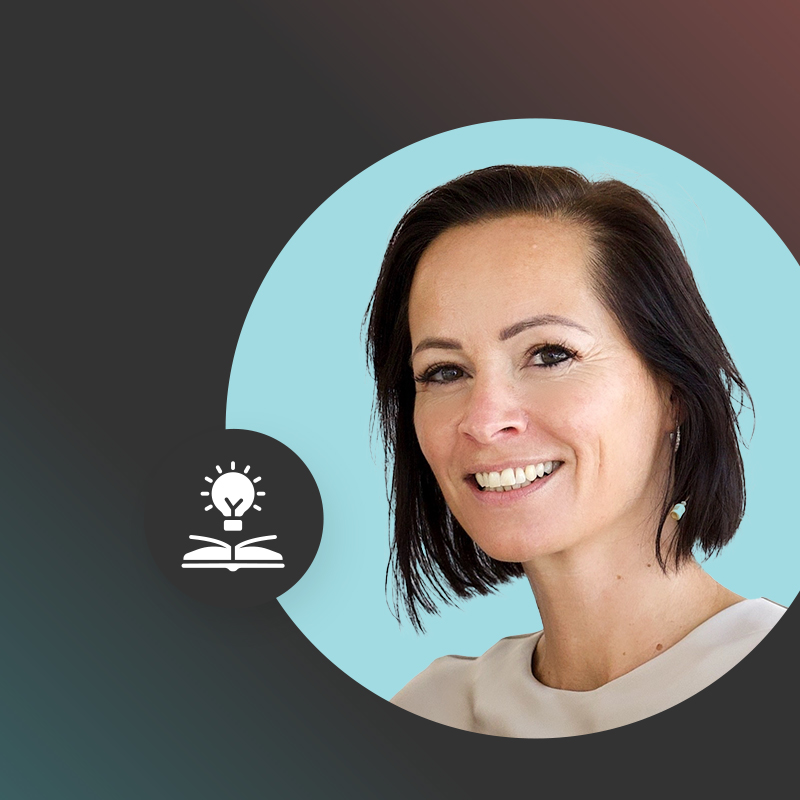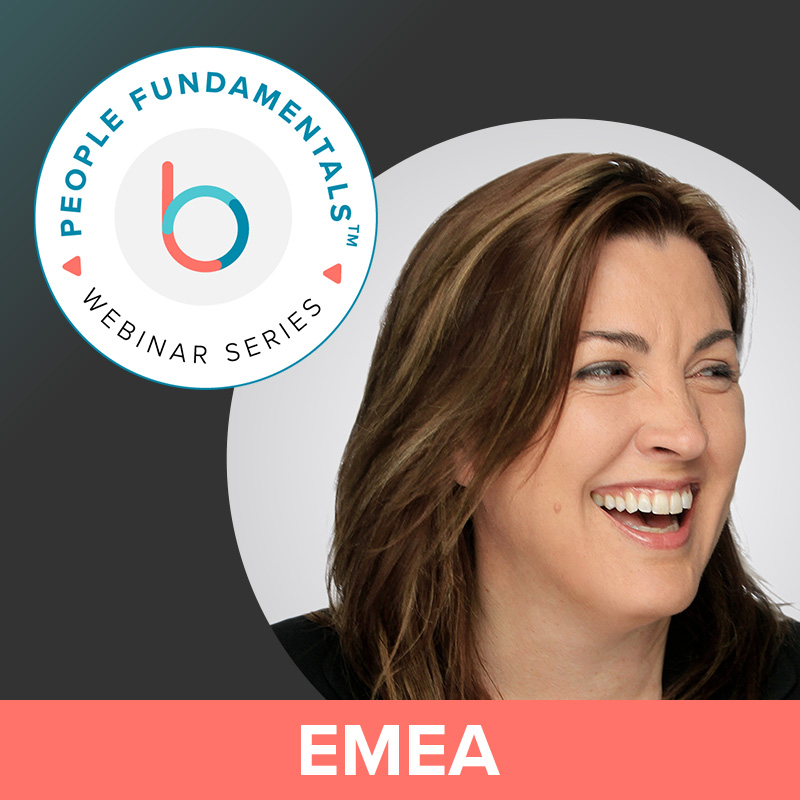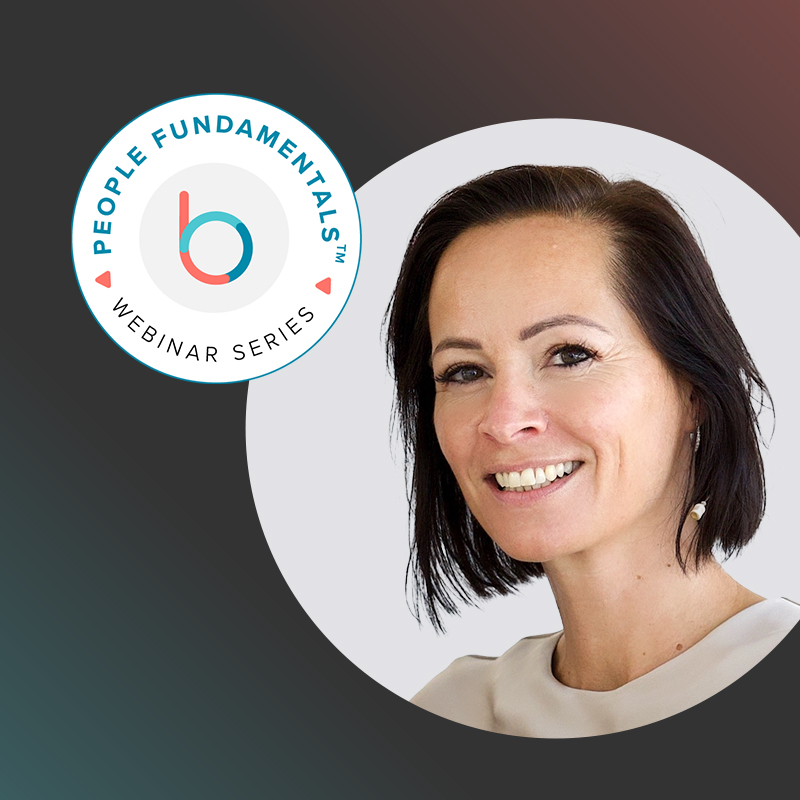Technology is advancing faster than most organizations can adapt, but it’s not because they lack access to cutting-edge tools. It’s because they’re still relying on outdated learning models.
In her People Fundamentals session,“Performance Breakthroughs: Continuous Improvement through Innovation and Learning,” learning strategist Katja Schipperheijn makes the case for something more ambitious: a continuous learning ecosystem designed for growth in the age of transformation. Because performance doesn’t improve because you push harder. It improves when people have the space, support, and systems to keep growing. “There is no time to wait anymore,” she says.
Make learning the engine of performance
Katja doesn’t treat learning and innovation as separate strategies. To her, they’re part of the same loop. “Without learning, you don’t have innovation,” she said. “But because of the innovation, you’re also learning to adapt again.”
She calls this the “infinite learning ecosystem”: a continuous, adaptive model built around human curiosity, shared responsibility, and psychological safety. It’s less about content delivery and more about context. When we design for reflection, feedback, and connection, learning becomes part of how performance happens, not something that interrupts it. And it all starts with asking “why?”
“How many people assume that they understand what they have to do because they are too afraid to ask why?” she asks. In many workplaces, asking questions is seen as resistance. Katja challenges leaders to reverse that mindset and make inquiry a signal of engagement, not defiance. When employees feel safe enough to challenge assumptions, learning and growth accelerate. So does performance.
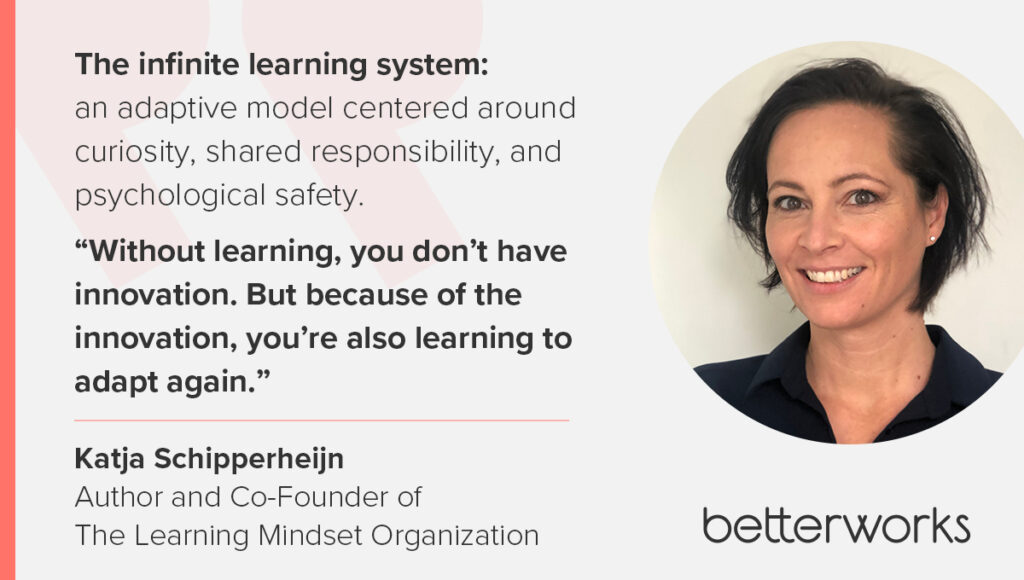
Design for human–machine collaboration, not compliance
Katja’s vision of the future isn’t speculative. It’s already unfolding. Agentic AI, smart wearables, even brain-computer interfaces are changing how we interact with information, tools, and each other. In this new landscape, performance systems must evolve from static review cycles to dynamic support networks.
Agentic AI in particular represents a major shift. “Agentic AI is this agent working together without our intervention in taking care of us,” she explains. These aren’t just tools that follow prompts; they’re systems that act autonomously on your behalf. HR leaders need to plan for a future in which 40–80% of tasks in HR, L&D, and operations could be supported or replaced by these agents.
Katja doesn’t frame this as a threat. She sees it as a call to design more human-centered systems in which AI augments capability and ethics and transparency guide implementation. Success, she says, depends on culture: “If all people know why they are doing it … they are more likely to accept it,” she says. “They can have their ambassadors internally lined up to help those who are not really convinced.”
Model the mindset your culture needs
Katja describes this moment as a threshold between what was and what’s next. And she believes the leaders who thrive here are not those who control the change, but those who move through it with curiosity and empathy.
She calls this “liminal leadership”: the ability to guide people across uncertainty by asking better questions, modeling learning behaviors, and designing for motion rather than rigidity.
She names five competencies as essential to this mindset:
- Curiosity – “Embrace the power of ‘why?’”
- Imagination – “Lack of imagination is the biggest pitfall for any leader because you limit the possibilities of the future.”
- Realism – “We need to be realistic about what we still can do, what we still want to do, and where we fail.”
- Optimism – “If we don’t have optimism, then I also see imposter syndrome really kicking in.”
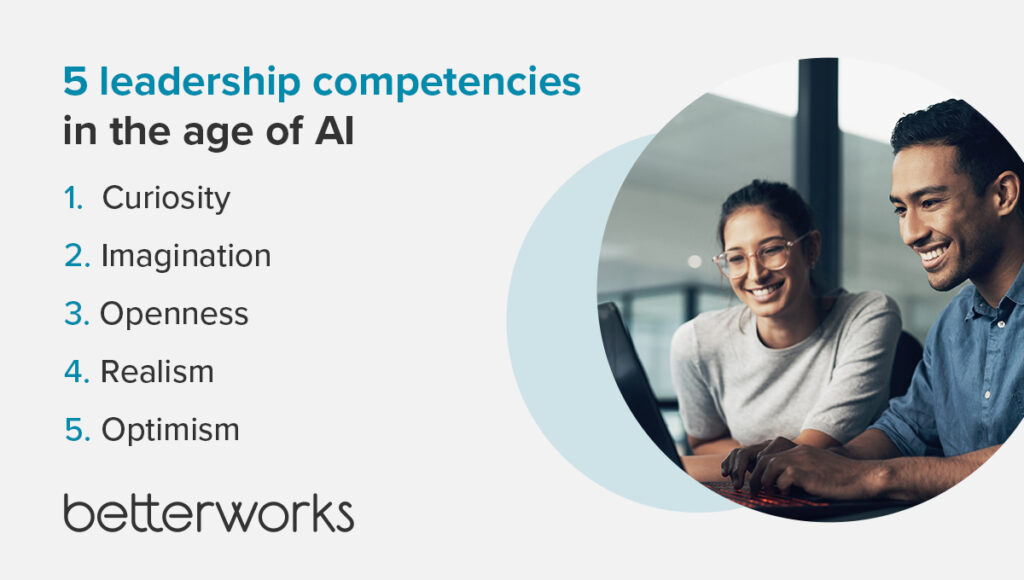
She also introduces the concept of human consilience (the linking together of principles from different disciplines): diverse, interdisciplinary teams that can learn together, adapt quickly, and improve continuously. “My idea of this multi-diverse team is a league of extraordinary learners working on projects and always improving based on human consilience,” she says.
Leadership empathy, she explains, goes beyond compassion. “Leadership empathy is understanding the reason why people don’t want to change,” she says. “They take the time to understand.”
If you’re rethinking how your organization measures performance, plans for talent, or integrates AI into the flow of work, Katja’s message is clear: build for learning. Make it continuous, make it human, and make it real.
Watch the full session on demand to explore how HR can drive ethical, imaginative transformation in a rapidly evolving world.
Become a "learning leader"
